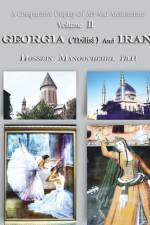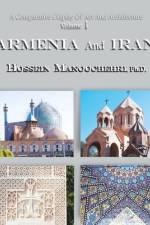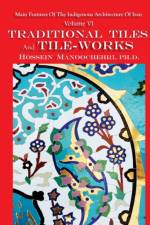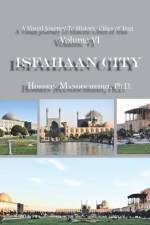- A Comparative Display Of Art And Architecture Volume III
av Hossein Manoochehri
335
Architectural features, such as the forms, designs, and decorations of buildings, are major attractions for allpeople around world. Although a few thousand years ago, very few individuals were able to travel to othernations, at the present a majority of populations are able to travel to other countries to get knowledge aboutother cultures, other peoples, and other architectural features. Today, millions of people travel to othercountries just to see how peoples, foods, living environments, and forms and designs of buildings in othercountries look like. The present series is a contribution to make available for all people around the world to see in picturesthe architectural features (i. e., forms, designs, decorations of buildings) in selected countries. It is acomparative, pictorial introduction of architectural features in six selected countries to show the talents, skills, and masterships of builders in creation of architectural forms and designs in the selected countries. More specifically, there are two main architectural styles in Europe (--as well as in mountainous countriessuch as Armenia and Georgia, ) and in Iran. While a stone architecture is common in Europe and in themountainous countries, a clay architecture is used in Iran. A comparative display of the two styles, thestone vs. clay architecture, therefore, is the main theme of the series titled: A Comparative Display Of ArtAnd Architecture. The third volume of this series is about architectural styles in Turkey [ Turkiye ] (Istanbul)and Iran. Using a functional-equivalency approach, the series focuses on architectural features from Europe andmountainous countries and Iran that, while structurally are different, functionally are similar or have similaritywith each other. For example, both a church and a mosque are religious buildings with similar functions butwith different structures. Although there are numerous published books about art and architecture in Europeor in Iran separately, but none makes a comparative introduction using a functional- equivalency approach. The present series, therefore, should be regarded as the first original work that seeks to present a comparative, pictorial introduction of two different architectural styles, stone vs. clay architectural styles, by displaying theirmain features side by side. For example, the illustrations are grouped into several categories (Introduction)[ i. e, 1) Historic or Heritage Buildings; 2) Stone (Khachkar) vs. Brick or Tile decorations; and 3) ReligiousBuildings: Churches vs. Jam'a mosques]. (Otherwise, assuming that the images collected and presented inthis volume are also presented randomly in some other books about art and architecture in Armenia or in Iran, an estimated 50 to 100 books on the subjects of art and architecture in either Turkey (Turkiye) or Iran shouldbe browsed over, here or there, to find similar images collected in this volume.) Volume III of this series compares architectural features in Turkey [ Turkiye ] (Istanbul) to similar, clay architectural features in Iran. Many architectural features in Turkey are similar to those in Iran. Both countries have mosques, baazaars, and residences built by the use of bricks. The historic city of Istanbul, however, lies in the European partof Turkey and, therefore, has many architectural features similar to European countries. The work is expected tomake available for the readers a quick and an easy comparative views of the architectural forms and designs inTurkey (Istanbul) as compared to their similar, clay architectural features in historic cities of Iran.

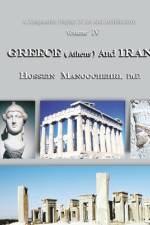
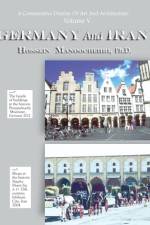
![TURKEY [ Turkiye ] ( Istanbul ) And IRAN af Hossein Manoochehri](https://cdnbackdoor.tales.as/thumbnail/150x225/products/00287/04664/turkey-turkiye-istanbul-and-iran-a-comparative-display-of-art-and-architecture-volume-iii.jpg)
